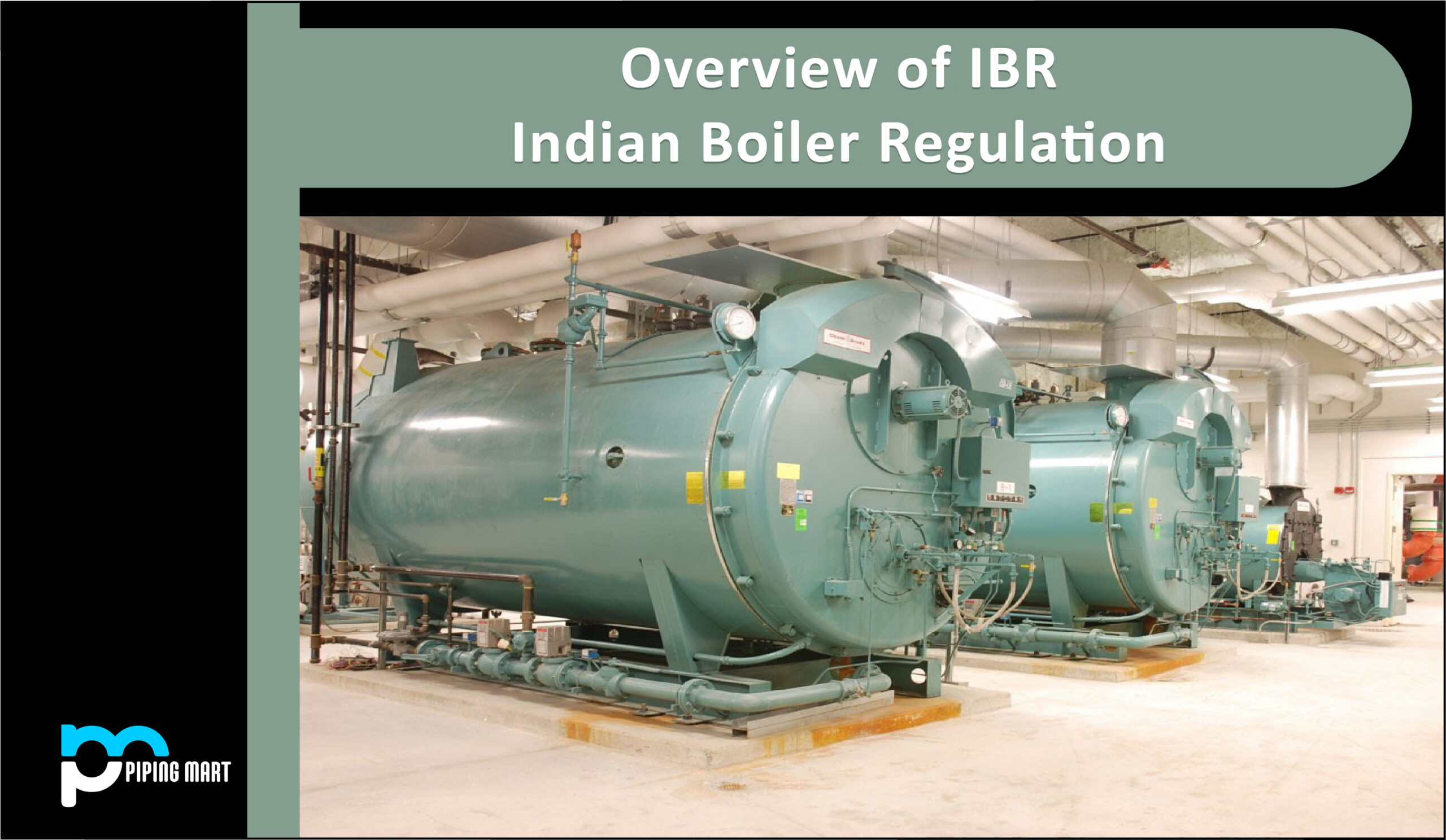Non return valves are fundamental elements in piping systems and plumbing industries. A non return valve, as the name suggests, is a device that allows the flow of fluid in one direction only. It should act as a barrier against backflow, which might contaminate the fresh, clean water supply. Non return valves have numerous advantages and disadvantages that we must discuss today.
What is Non Return Valves?
Non Return Valves (NRV) are flow control devices designed to restrict the reverse flow of fluids in a pipeline. They typically consist of a spring-loaded disc attached to a rod, which is connected to an actuator that opens or closes the valve. NRVs are used for controlling flows in both commercial and industrial applications, ensuring they stay within certain parameters for efficiency and safety.
Advantages of Using Non Return Valves
Avoiding backflow- non return valves ensure that wastewater does not flow back into clean water supply lines, and vice versa. Therefore, they help to protect the quality of water being distributed and consumed.
Maintenance free – non return valves are designed to be maintenance-free and can run with minimal attention for many years.
Flexible installation – you can install non return valves in different positions because they are designed with flexible installation capabilities.
Energy efficient – the flow of water is controlled and directed by non return valves. This reduces the amount of pumping pressure needed to move fluids and reduces energy costs.
Disadvantages of Using Non Return Valves
Installation complexity – installing non return valves can be complicated, requiring an expert to correctly identify, select and install the valve.
Water hammer – Non return valves might cause water hammer when they slam shut quickly.
Clogging – non return valves are prone to clogging, which might impact their efficiency.
Corrosion – Non return valves can be affected by corrosion because of the nature of materials used in their manufacturing.
Conclusion:
As highlighted, the advantages of non return valves outweigh the disadvantages. They are energy-efficient, avoid backflow, require little to no maintenance, and have flexible installation capabilities. However, the disadvantages, such as water hammer, clogging, installation complexity, and corrosion, can be mitigated with proper installation and maintenance. Nonetheless, before purchasing and installing non return valves, you need to consider all of your piping systems’ specific circumstances and requirements to assess their potential benefits. Additionally, selecting the right non return valve is essential for the correct flow rate, pressure, and fluid type. So, it is best to consult with professionals to identify the best type of non return valve based on your specific plumbing system set up and requirements. Overall, non return valves are an important component of plumbing and piping systems with many benefits that can improve your system’s efficiency, reliability and safety.




